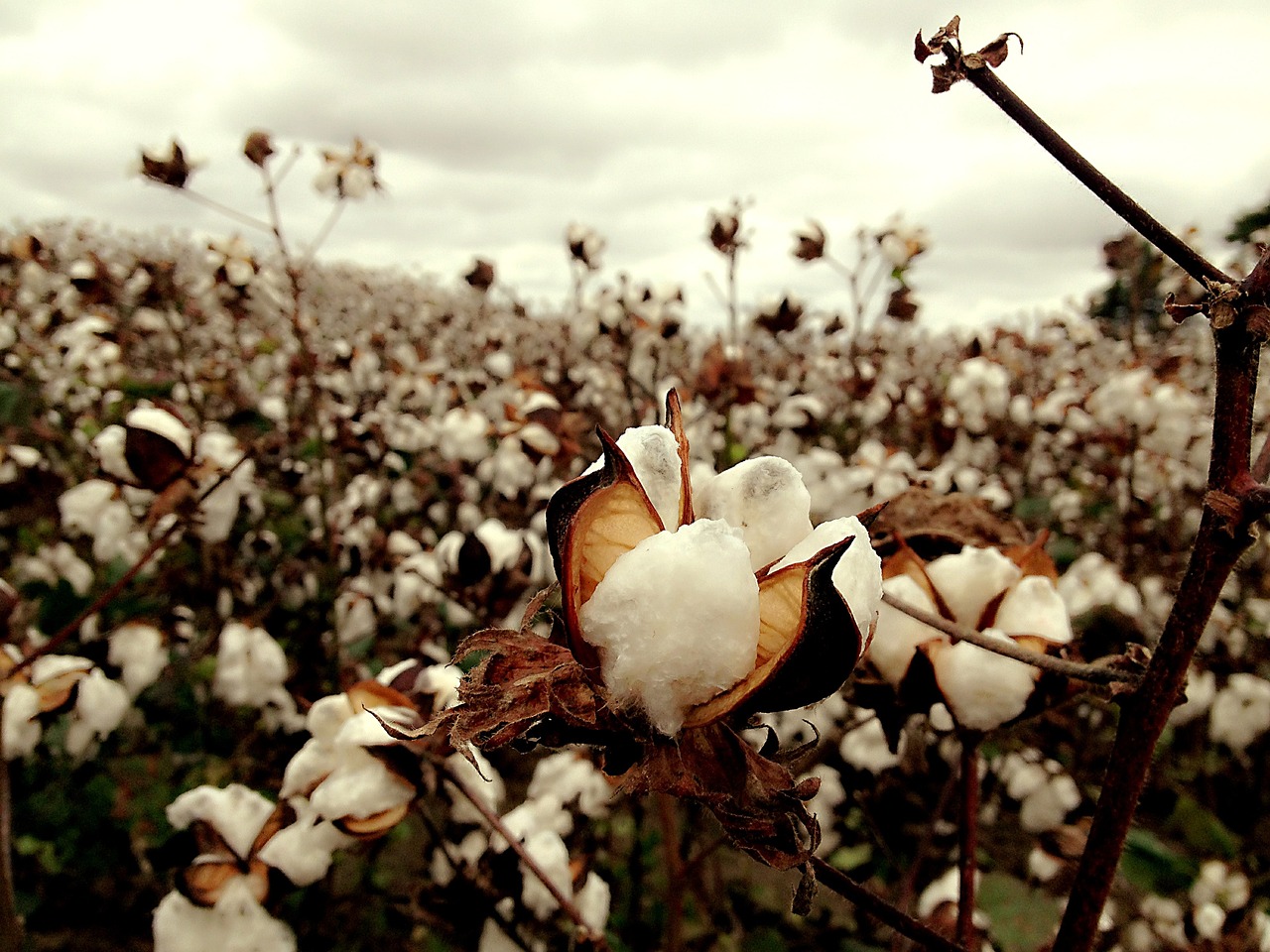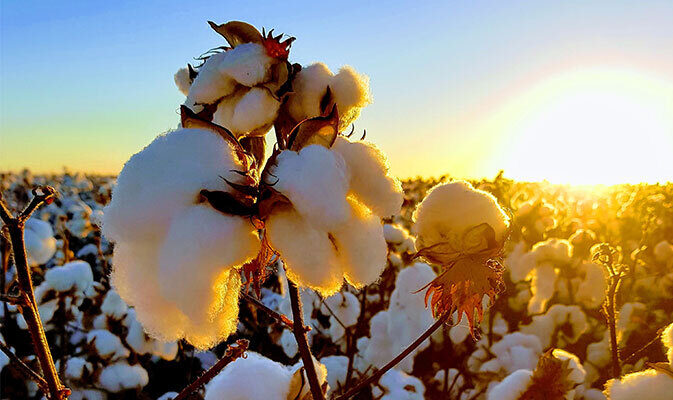Wheat, rice, and mustard, three important rabi crops, continued to be sown early by farmers as their coverage increased as of Friday, according to data from the Ministry of Agriculture. In contrast, the area planted with coarse cereals, particularly maize, green gram (moong), and groundnut, lagged behind. The area planted with all rabi crops has climbed to 97.41 lakh hectares (lh) from 83.45 lh during the same period last year due to the early sowing.
Farmers are expressing a greater preference for the foodgrain crop as wheat prices are now rising to record highs. Despite being early, this year’s wheat acreage is grown by more than four times to 7.56 lh. The seeding of the crop has benefited from an abundance of rainfall (Rajasthan 171%, Uttar Pradesh 407%, and Madhya Pradesh 183%), which occurred between October 1 and November 3. With the Kharif production being impacted by insufficient rainfall in West Bengal, Odisha, Jharkhand, and eastern Uttar Pradesh, the sowing of rabi paddy are boosted by at least 10%.
The rise in rice prices this year as a result of decreased output and stock levels, along with the Food Corporation of India’s efforts to purchase more for the central pool, are two factors that have contributed to the higher acreage. In comparison to the minimum support price (MSP) of 2,040, the weighted average price of paddy is currently $2,095 across agricultural produce marketing committee (APMC) yards. The area planted with mustard has increased by over 20% to 45.71 lh, despite the fact that oilseed prices are generally lower than they were last year.
Rajasthan (31.92 lh) has planted the most mustard seeds, followed by Uttar Pradesh and Madhya Pradesh. In comparison to other oilseed crops, groundnut has a lower area (0.87 lh) (1.37 lh a year ago). The area planted with chana (gram), the main rabi pulse crop, has increased by 10% to 22.08 lh from 19.86 lh last year. Despite prices being below the MSP of $5,320 per quintal, the increase occurs. This year, there are gaps in the covering of jowar, which makes up 54% of the rabi coarse cereals area.

